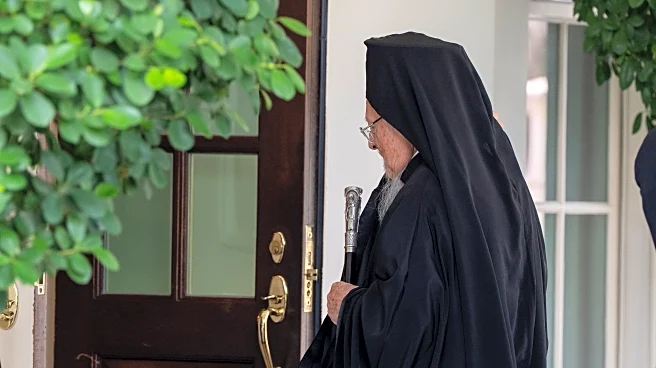Hagia Sophia has been a witness to numerous milestones throughout its history, each marking a significant moment in the cultural and religious landscape of Istanbul. From its construction to its various transformations, these milestones highlight its enduring significance.
Early Milestones
The construction of Hagia Sophia was completed in 537 AD, marking a major achievement in Byzantine architecture. Its inauguration by Emperor Justinian I was a moment of great pomp and ceremony, establishing it as a central religious site.
Breakthrough Moments
The conversion of Hagia Sophia into a mosque in 1453 was a pivotal moment, reflecting the Ottoman Empire's influence and the city's transformation into a Muslim-majority region.
Recent Developments
In 1935, Hagia Sophia was transformed into a museum by the secularist Turkish government, marking a shift in its role and significance. This decision was part of a broader effort to modernize Turkey and promote secularism.
Lasting Impact
The reconversion of Hagia Sophia into a mosque in 2020 has sparked debates about its role and significance in contemporary Turkey. This decision reflects ongoing discussions about cultural heritage and religious identity.
 Discover Daily • 7 min read
Discover Daily • 7 min read 










